Your garden has secret allies—and most of them have six legs.
While some bugs munch, bite, and ruin everything you love, others are out there waging silent battles on your behalf. They’re pollinating, hunting pests, and breaking down waste like tiny, tireless warriors.
Think of them as your miniature garden crew. No pay, no days off, just pure, instinctive hustle. From armor-plated beetles to elegant fluttering helpers, these insects do more than survive—they make your garden thrive.
So before you squish that next creepy-crawly, take a second look.
It might just be one of the heroes on this list.
Ladybugs
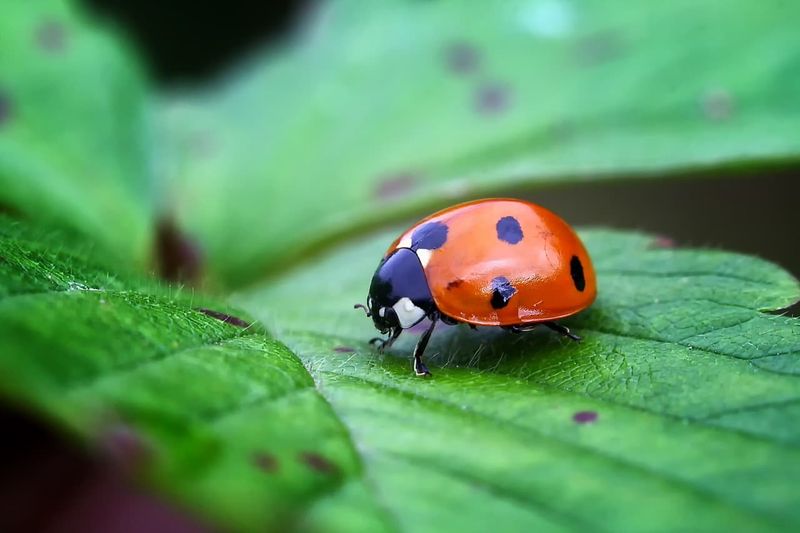
Bright and bold, ladybugs are the unsung heroes of pest control in gardens. Their favorite meal? Aphids, the tiny sap-sucking insects that can wreak havoc on plants. Just a few ladybugs can decimate an entire aphid population, saving plants from damage. Their striking red and black spotted wings make them easy to spot.
These beetles are not only effective but also a delight to watch as they patrol your garden. With gentle patience, you can even coax one onto your finger, making them a fun insect for children to observe closely.
Praying Mantises
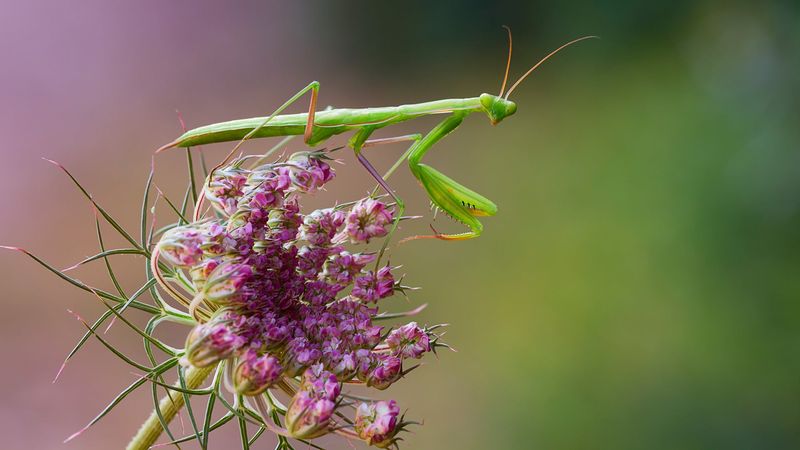
Stealthy and enigmatic, the praying mantis is a master of camouflage, blending seamlessly into the foliage. Its elongated body and raptorial forelegs make it a top-tier predator in the insect world. Praying mantises feed on various pests, including flies, grasshoppers, and moths.
Their presence in the garden is a sign of a healthy ecosystem. Fascinating to watch, they move with a deliberate grace, capturing prey with lightning speed. Despite their fierce appearance, they play an essential role in maintaining the balance of garden life.
Ground Beetles

Silent warriors of the soil, ground beetles patrol the garden bed nightly. Emerging from the earth’s shadows, they hunt for slugs, snails, and other harmful pests. Their glossy black bodies make them easily recognizable as they scuttle across the ground.
These beetles work tirelessly to keep pest numbers in check, aiding in the health of garden plants. Remarkably diverse, there are thousands of species worldwide, each uniquely adapted to their environment. Their presence signals a thriving, pest-managed garden ecosystem.
Hoverflies
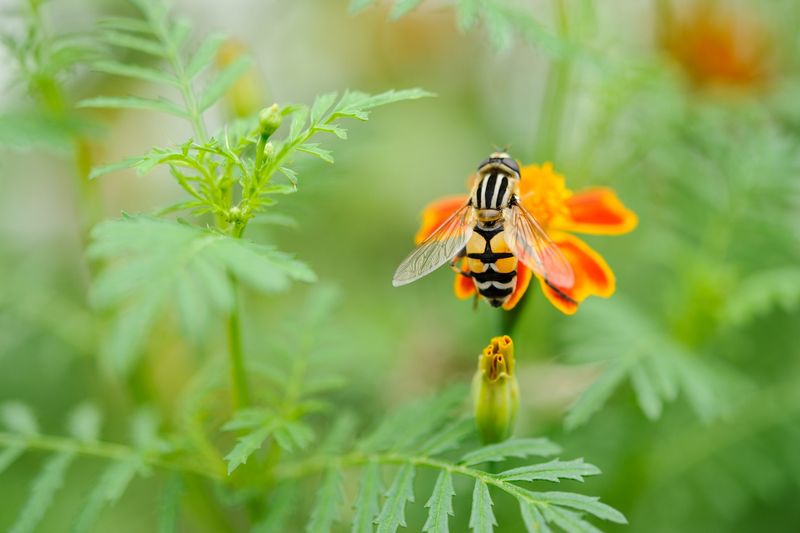
Hoverflies, often mistaken for wasps, are gentle pollinators that benefit the garden immensely. Despite their appearance, hoverflies are harmless and play dual roles: pollination and pest control. Their larvae feast on aphids and other soft-bodied insects.
Their unique flight patterns, hovering in place like tiny helicopters, make them fascinating to observe. As they dart from flower to flower, they help spread pollen, promoting healthy plant growth. Hoverflies are a testament to nature’s ingenuity, mimicking more dangerous insects to deter predators.
Lacewings

With their gossamer wings and vivid green color, lacewings add a touch of elegance to any garden. These insects are voracious predators, particularly during their larval stage when they devour aphids, mites, and other small pests.
Lacewings are a gardener’s ally, reducing pest numbers naturally and efficiently. Their presence can significantly improve plant health by minimizing pest-related damage. Moreover, watching them flit through the garden, their wings catching the sunlight, is a serene experience for any nature lover.
Bees
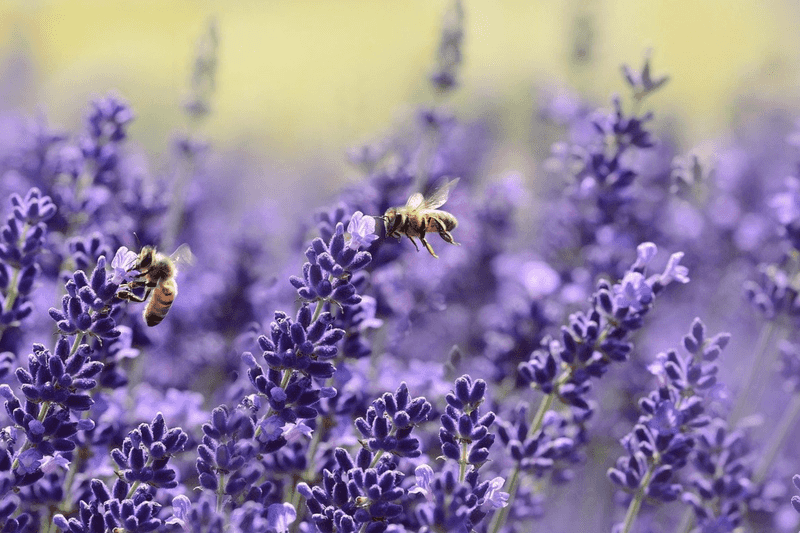
Industrious and essential, bees are the lifeblood of pollination in a garden. These buzzing insects transfer pollen from flower to flower, ensuring plants produce fruits and seeds. Without bees, many crops would fail to thrive, leading to decreased yields.
Their ceaseless work benefits not only gardens but entire ecosystems. Watching bees in action, their bodies dusted with pollen, is a reminder of nature’s intricate processes. While they are sometimes feared for their sting, bees are generally non-aggressive when left undisturbed, focused solely on their vital work.
Butterflies

Graceful and vibrant, butterflies are more than just pretty visitors; they are crucial pollinators. As they flutter from bloom to bloom, they transfer pollen, aiding in the reproductive cycle of many plants.
Butterflies also serve as indicators of a healthy garden environment, thriving where there is an abundance of flowers and minimal pesticide use. Their beauty and delicate flight patterns add charm to any outdoor space, enchanting both young and old alike. Gardens rich in diverse flowering plants often become havens for these captivating insects.
Dragonflies

Gliding with precision, dragonflies are skilled hunters of the insect world. Often seen near water, they feast on mosquitoes and other flying pests, providing natural pest control.
Dragonflies are a joy to watch as they zip through the air, their iridescent wings shimmering in the sunlight. Their presence indicates a balanced ecosystem, as they require clean water to thrive. These ancient insects, with their prehistoric lineage, connect us to a distant past, all while playing a vital role in maintaining garden health.
Spiders
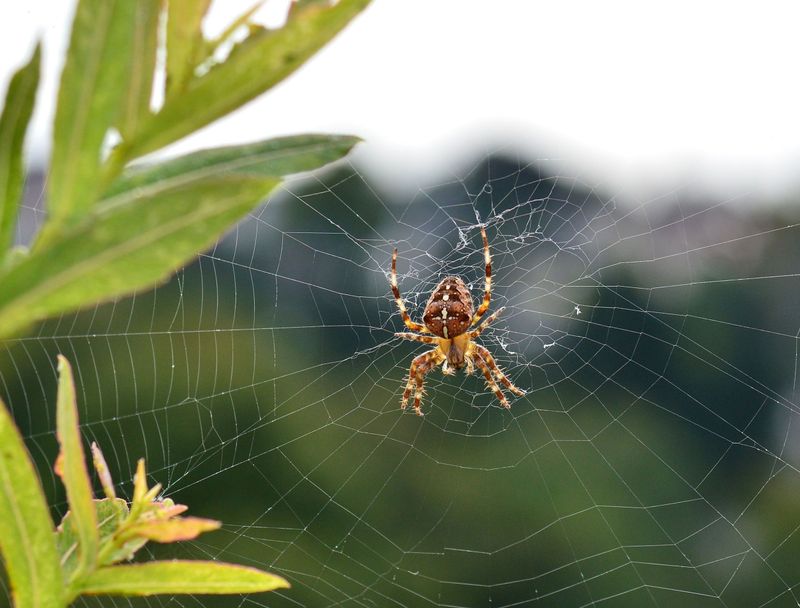
Often misunderstood, spiders are invaluable allies in the garden. By spinning intricate webs, they trap and consume countless insects, acting as natural pest controllers.
Their presence keeps the garden ecosystem balanced, reducing the need for chemical interventions. Despite common fears, most garden spiders are harmless to humans and beneficial in managing pest populations. Observing a spider at work, weaving its web, can be both mesmerizing and educational, revealing the complexity of nature’s design.
Bumblebees
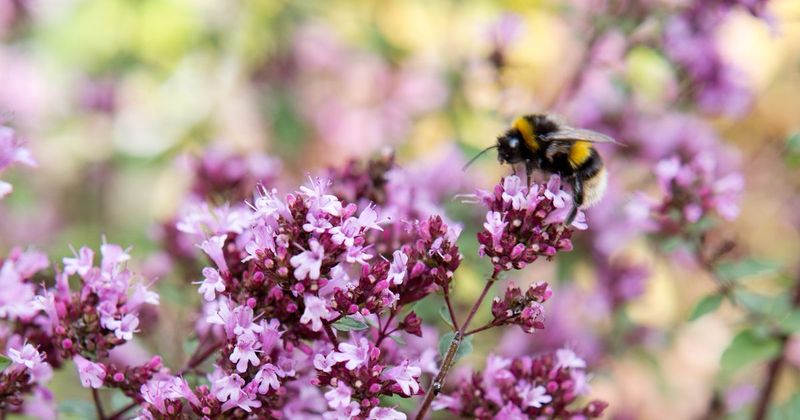
Plump and fuzzy, bumblebees are the hard-working giants of pollination. Their larger bodies allow them to pollinate plants that smaller bees cannot, including tomatoes and peppers.
Bumblebees are social creatures, living in small colonies and working tirelessly to gather nectar and pollen. Their distinctive buzz is a familiar sound in flourishing gardens. Despite their size, they are gentle and pose little threat when left undisturbed. Gardens with bumblebee activity often see improved plant productivity and vibrancy.
Ants
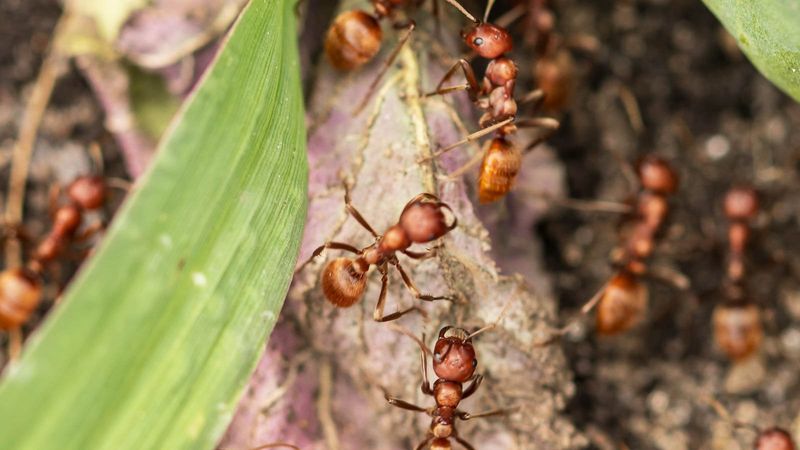
Though often seen as pests, ants are unsung heroes when it comes to aerating soil and controlling pest populations. As they tunnel, ants improve soil structure, enhancing water and nutrient absorption.
Their presence can deter certain pests, as ants often prey on small insects and help clean up debris. Observing ants at work provides insight into their complex social structures and teamwork. While they can be a nuisance indoors, in the garden, they contribute significantly to maintaining a dynamic and healthy ecosystem.
Wasps
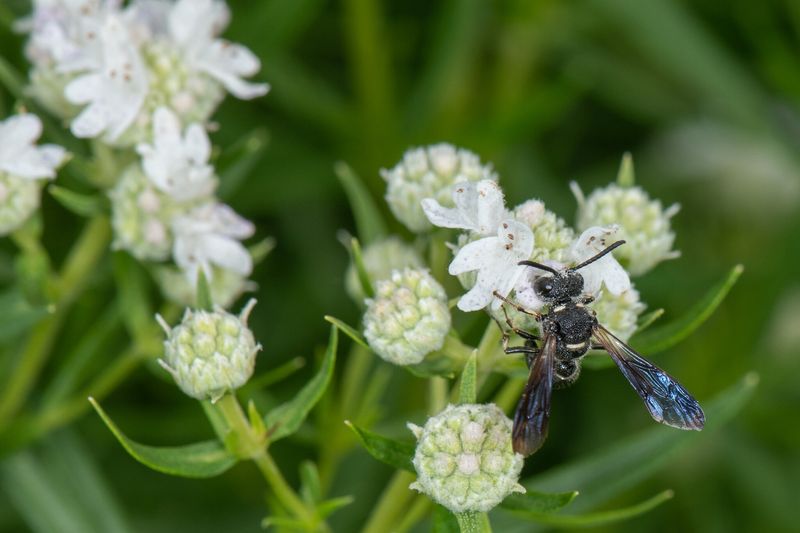
Sleek and agile, wasps are often misunderstood garden inhabitants. While they can deliver a painful sting, their presence benefits the garden in several ways. Wasps are natural pest control agents, preying on caterpillars, flies, and other harmful insects.
By keeping pest numbers in check, they reduce the need for chemical solutions. Wasps also contribute to pollination, though less prominently than bees. Their paper-like nests are marvels of engineering, showcasing their resourcefulness. Observing wasps from a distance allows one to appreciate their role without the risk of stings.
Soldier Beetles
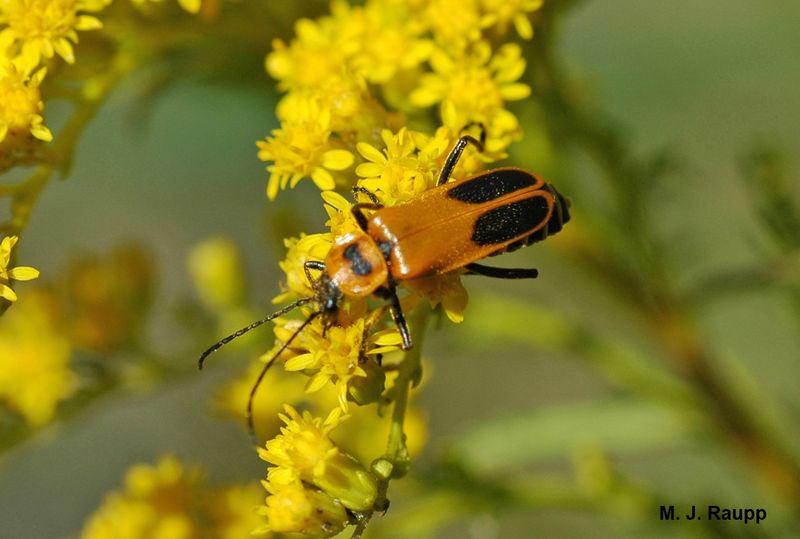
With their striking orange and black markings, soldier beetles are easy to spot in the garden. Often found on flowers, they feed on nectar and pollen, inadvertently aiding in pollination.
However, their primary contribution is pest control, as they prey on aphids and other soft-bodied insects. Their presence indicates a healthy, balanced garden ecosystem. Watching them move methodically from flower to flower is a testament to their diligence in maintaining the garden’s health. Their vivid colors add a splash of vibrancy to any garden setting.
Pill Bugs
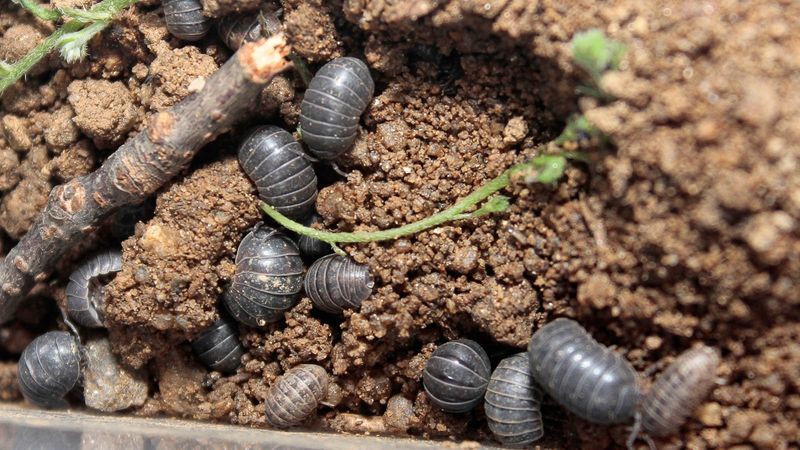
Commonly known as roly-polies, pill bugs are nature’s recyclers, breaking down decaying organic matter. Their work enriches soil, promoting healthy plant growth by releasing nutrients back into the ground.
Though not true insects, they play a crucial role in the decomposition process. Their presence indicates rich, fertile soil capable of supporting diverse plant life. Watching a pill bug curl into a ball at the slightest touch is a reminder of nature’s clever adaptations. These small creatures ensure that garden ecosystems remain sustainable and thriving.
Earwigs
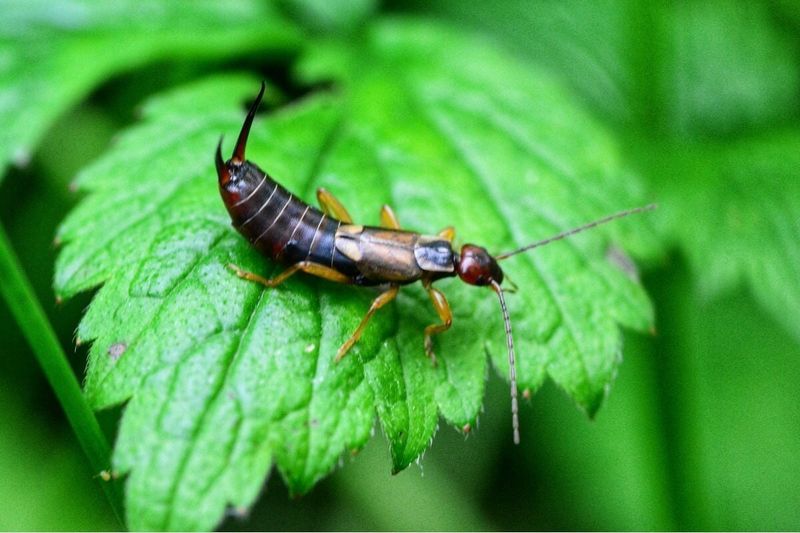
Often misunderstood due to their intimidating pincers, earwigs are beneficial predators in the garden. Their diet consists of aphids, mites, and other pests that might otherwise harm plants.
Though they can occasionally nibble on tender seedlings, their overall impact is positive, as they help maintain a balance in the garden ecosystem. Earwigs are nocturnal, venturing out at night to hunt and feed. Their presence is a natural way to keep pest populations under control, reducing the need for chemical interventions.
Fireflies
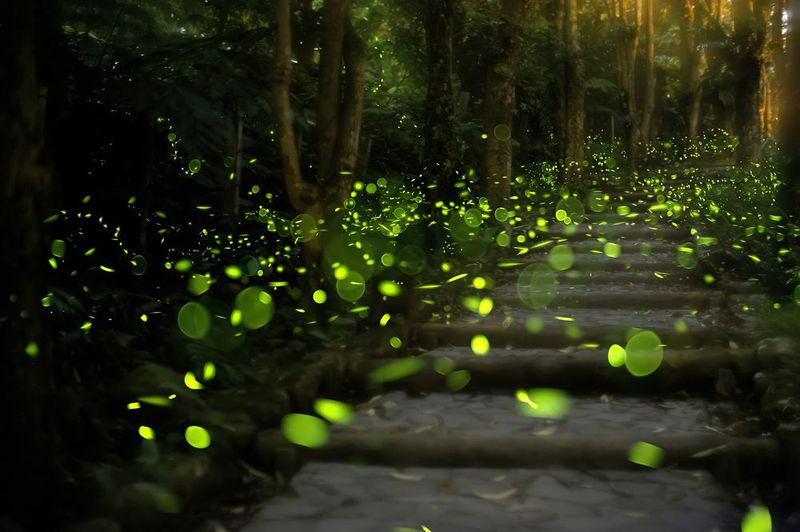
As evening falls, fireflies become the garden’s twinkling lights, offering a magical spectacle. More than just a visual delight, fireflies contribute to pest control by feeding on insects during their larval stage.
Their bioluminescent glow is a wonder of nature, used to attract mates and communicate. Fireflies thrive in areas with minimal light pollution, making them indicators of a garden’s environmental health. They add a touch of enchantment to warm summer nights, reminding us of the beauty and intricacy of the natural world.
Robber Flies

With keen eyesight and agile flight, robber flies are formidable predators in the garden. Often seen perched in sunny spots, they ambush unwary insects, including bees, wasps, and beetles.
Robber flies are beneficial in controlling pest populations, ensuring a balance within the garden ecosystem. Despite their fearsome appearance, they are harmless to humans and play a crucial role in maintaining garden health. Observing their hunting prowess offers insight into nature’s complex food web, where every creature has a role and purpose.
Tachinid Flies
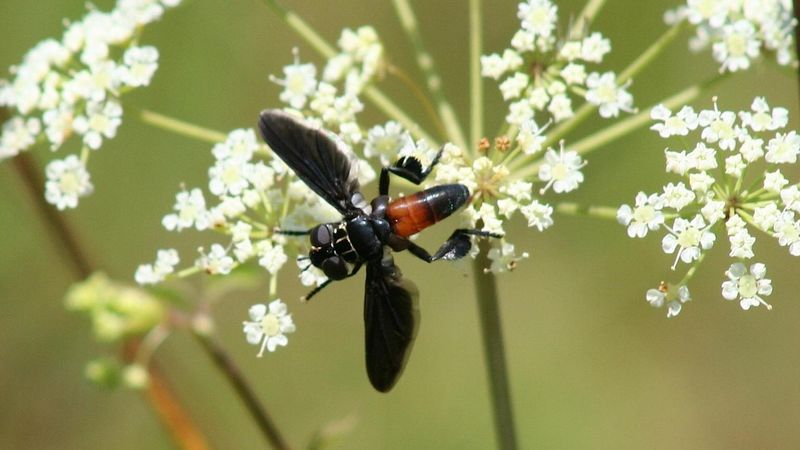
Tachinid flies may not win any beauty contests, but they are the unsung heroes of pest control. With their bristly bodies and varied colors, these flies are experts in regulating garden pests.
Female Tachinid flies lay their eggs on or near host insects like caterpillars and beetles. When the larvae hatch, they parasitize the host, effectively reducing pest populations.
Gardeners may find these flies to be quirky yet indispensable allies, as they naturally curb unwanted pests without chemical intervention. This symbiotic relationship supports plant health while maintaining ecological balance. Did you know? Tachinid flies are part of a large family with over 8,000 species!

